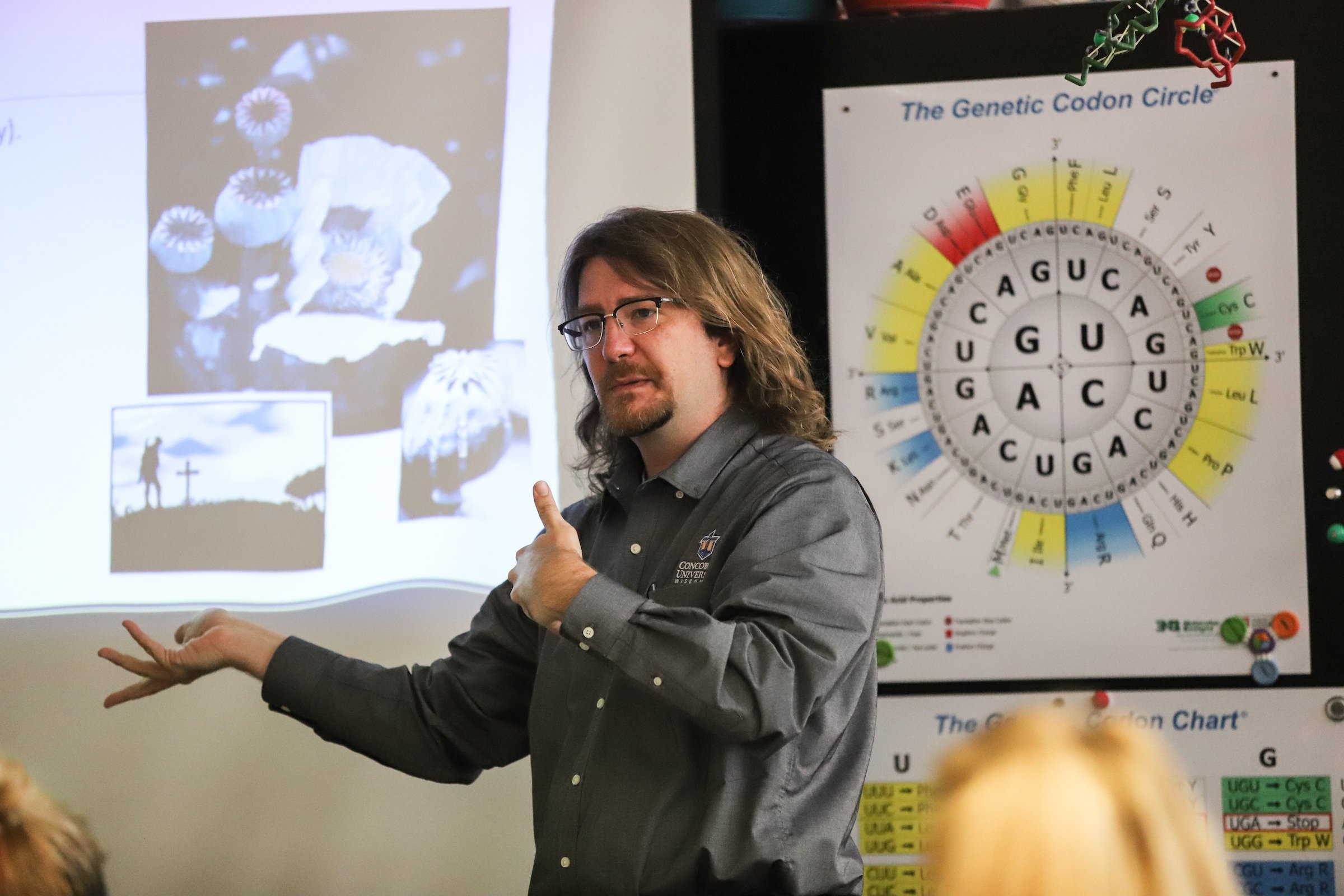
In case you missed it, we are in the throes of an opioid crisis. In fact, we are nearing the one-year anniversary of the White House declaration that the opioid crisis has reached public health emergency status in the United States. The statistics are staggering: over 2 million Americans live with addiction to opioids, and over 42,000 died from opioid overdose in 2016 alone. Drug overdose deaths recently became the leading cause of death of Americans under 50.
Asking the Right Question
The big question on everybody’s mind is: how do we stop this? To answer that $500 million dollar question, we must ask instead: “how did we get here?” Ultimately, the answer is an unsatisfying, “it’s complicated.”
Three Key Factors Contributing to the Opioid Crisis
In my mind, there are three key factors that contribute to the current state of the crisis: 1) the volume and availability of prescription opioids; 2) increased prevalence of risk factors; 3) the rise in synthetic drugs of abuse. These may not be the only contributing factors, but they provide a good framework upon which to build a conversation.
Factor 1: The volume and availability of prescription opioids
First: there is no question there are more prescriptions written for opioid analgesics now than ever before. This can be attributed in part to salespeople for Purdue Pharma falsely explaining to doctors in the 1980s that oxycodone (OxyContin®) is a non-addictive painkiller. Further, the mid-1990s saw the rise of the “Pain is the Fifth Vital Sign” initiative that encouraged doctors to treat pain as aggressively as they would treat other vital signs. Doctors began to use opioids to treat non-cancer pain, and also primed patients to think about their pain as a disease and not a symptom. Finally, there is the reality that the number of patients with cancer, chronic conditions, and who undergo surgery goes up as the population ages. More patients with legitimate need for painkillers means more prescriptions, which means more drugs in medicine cabinets, and a greater risk for diversion.
Factor 2: Increased prevalence of risk factors
Personal factors may also contribute to addiction. Risk factors put a person in danger of becoming dependent on a drug in order to function. Some examples of risk factors include poverty, availability of abused substances, and lack of treatment resources. The economic downturn of the mid-2000s saw massive layoffs and rising unemployment across America, causing many to lose hope in the future. Notably, many of the areas hit hardest were in rural parts of the country that were ill-equipped to handle these economic losses. As mentioned earlier, more opioid prescriptions are being used in an outpatient setting: this opens the door for drug diversion, which is another word for selling or using prescription medication for illicit purposes. Prescription opioids may be diverted from pharmacy robberies, patients’ unlocked medicine cabinets, and even from healthcare facilities. A critical risk factor is lack of access to treatment: medications like buprenorphine (Suboxone®, Butrans®) can be life-saving for patients, however only 2.2% of physicians possess the required license to prescribe it. Since most of these physicians practice in urban areas, this exposes rural patients to increased risk. Patients without access to proper health care are also at greater risk.
Factor 3: The rise in synthetic drugs of abuse
The third major contributor to the opioid crisis is the rise in synthetic opioids, particularly those of the fentanyl class. Fentanyl (Actiq®, Duragesic®) is a synthetic opioid analgesic originally developed by Janssen Pharmaceuticals in the 1960s. It is used clinically to treat severe pain when other opioids are ineffective and is around 100 times more potent than morphine. Different to morphine, codeine, and oxycodone, fentanyl is an entirely synthetic molecule, meaning it was designed and synthesized by chemists and has no natural origin. This means fentanyl can be synthesized by properly skilled chemists and converted into analogues that cause reinforcing effects in users and cannot be detected by law enforcement. Not only are these analogues difficult to detect, in many cases they have never been tested in animal models or humans for safety and effectiveness; thus, users are putting themselves at immense personal risk of taking an agent that might cause them great harm.
The Solution?
Solving this opioid crisis will require a great deal of cooperation between communities, local, state, and federal governments, and health care providers. In this way, the HEAL Initiative – Helping End Addiction Long-Term – is an excellent start. This is also a great opportunity for scientists to investigate how our bodies process and experience pain, so we may produce new, non-addicting analgesics.
Ultimately, preventing future patients from becoming addicts requires diligence on the front lines: health care providers who know the signs of addiction and dependence and who understand how to treat those in need. Pharmacists play a key role in this space: as medication safety experts, pharmacists may recommend therapeutic alternatives and suggest resources for patients and their advocates who struggle with problems with substance abuse. At Concordia University Wisconsin School of Pharmacy, our students learn these strategies from clinicians, pharmacists, and scientists who dedicate their careers to understanding the therapeutic and toxic effects of pain medications.
—Christopher W. Cunningham, Ph.D.
Associate Professor, Pharmaceutical Sciences
Read more about Dr. Cunningham’s research efforts here.
—
If this story has inspired you, why not explore how you can help further Concordia's mission through giving.